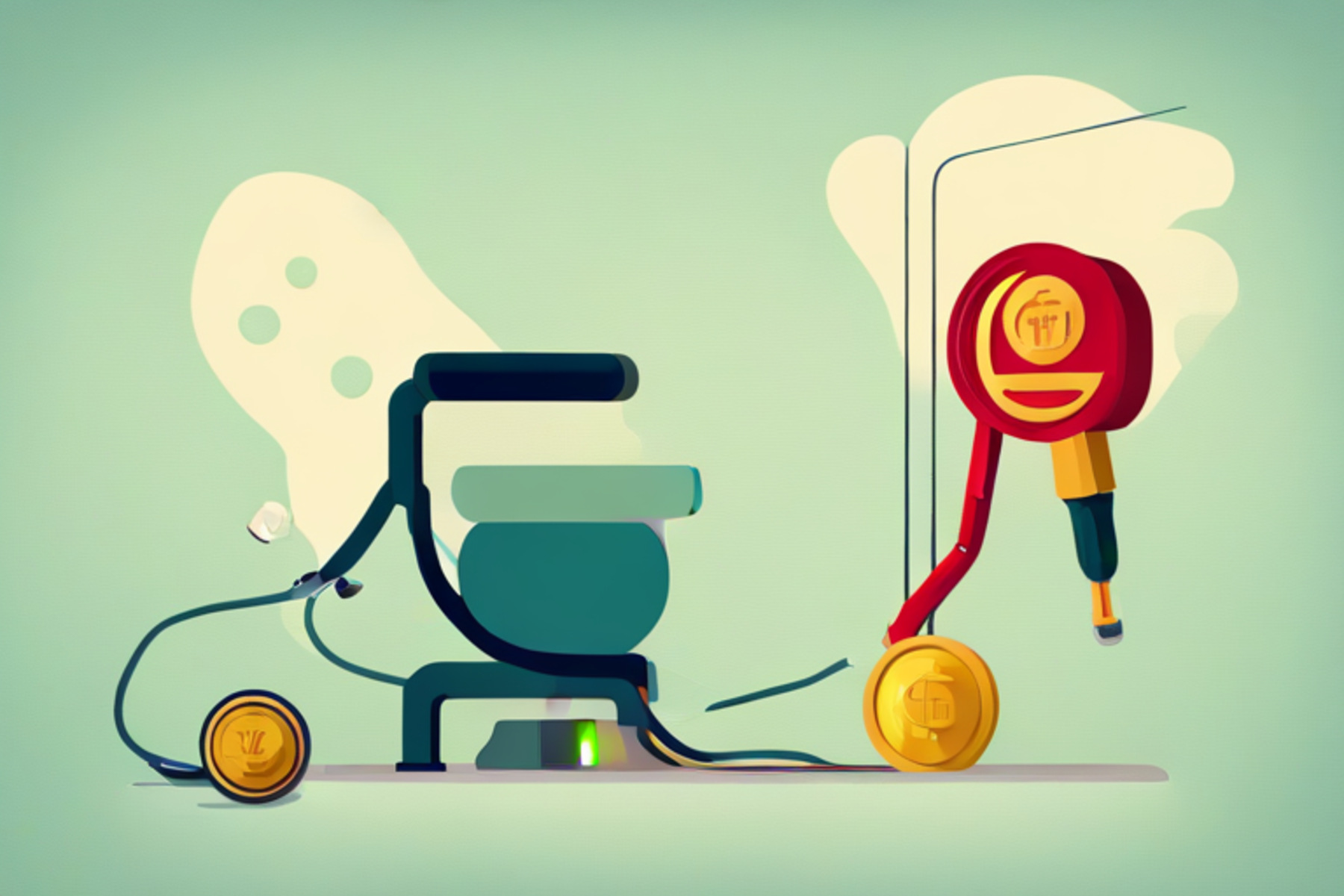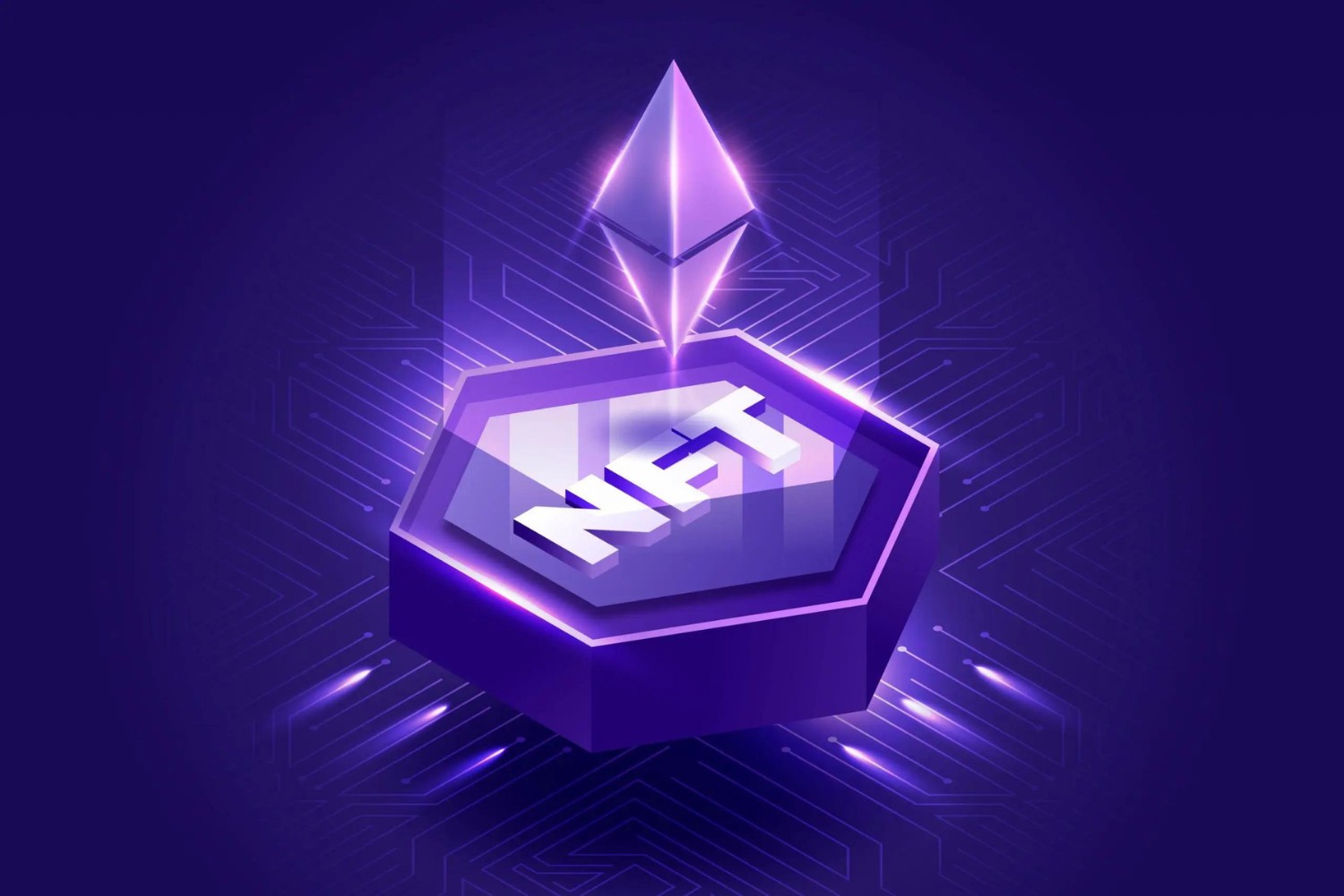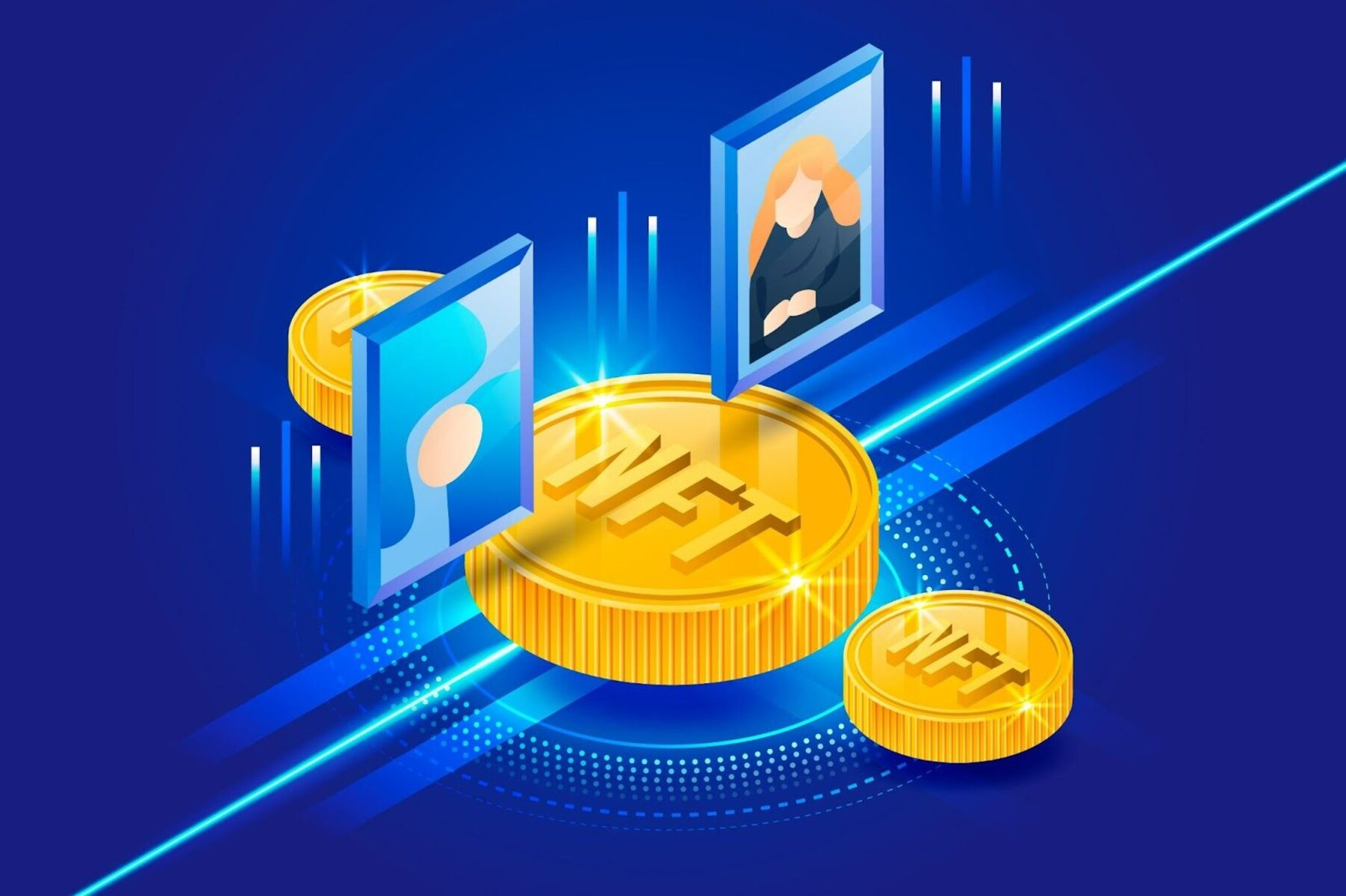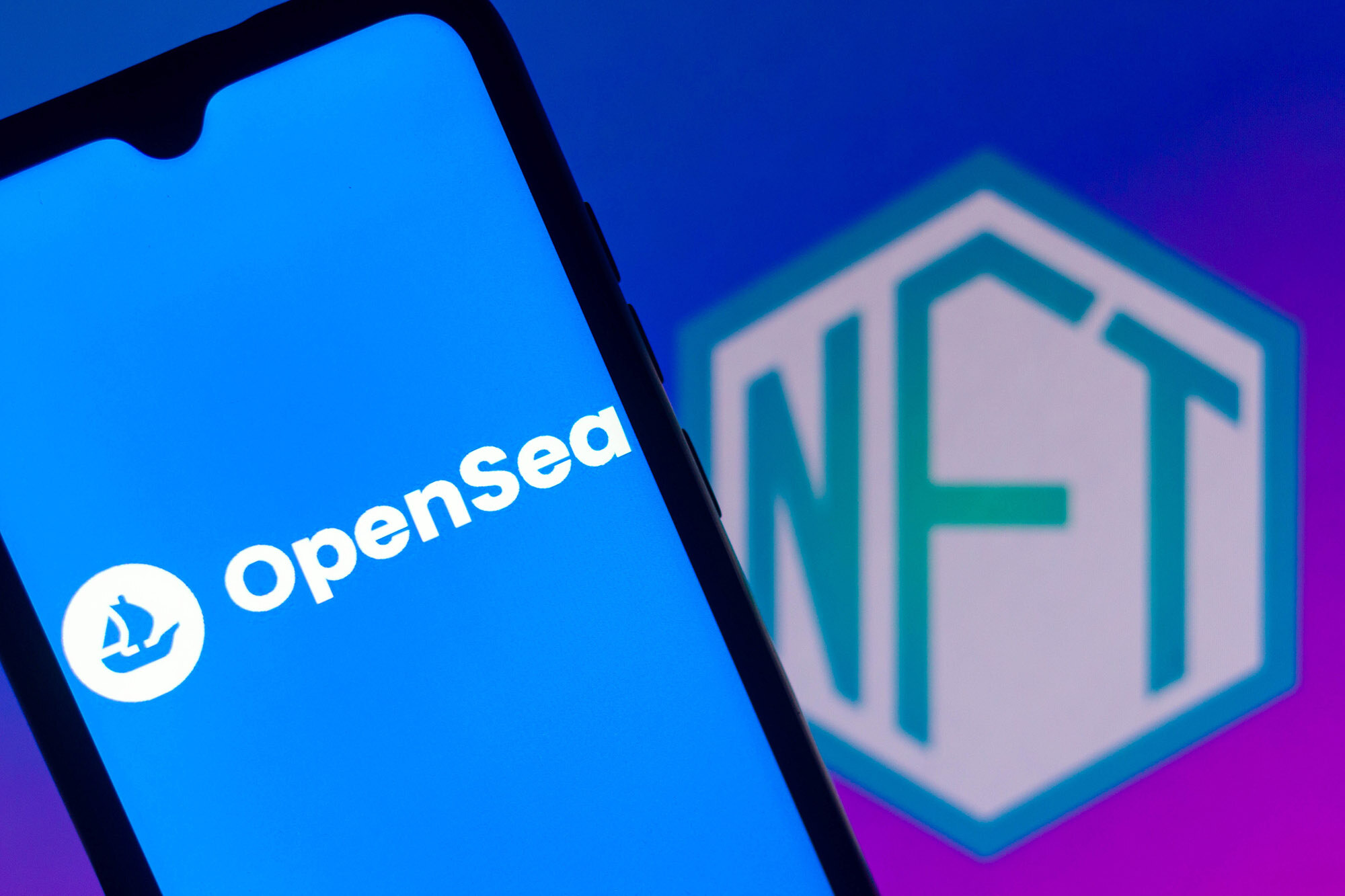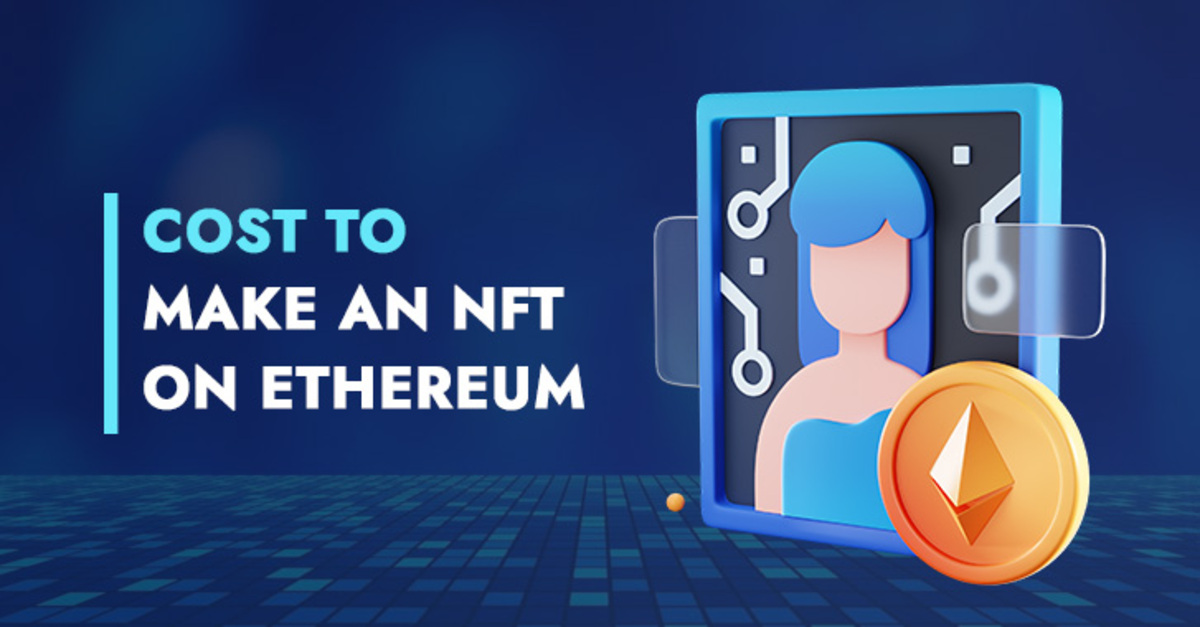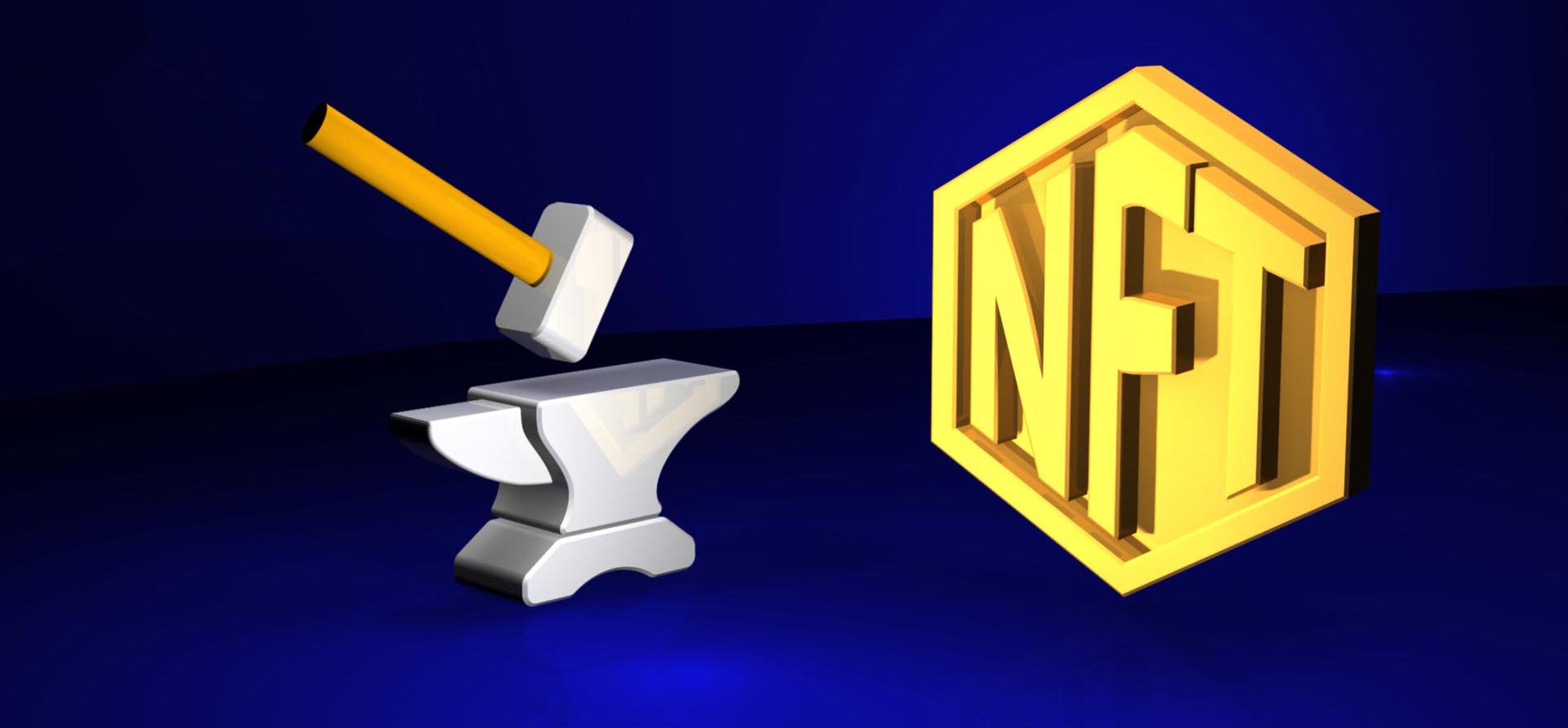Introduction
Welcome to the world of Non-Fungible Tokens, commonly known as NFTs. In recent years, NFTs have gained immense popularity in the digital art market and have revolutionized the way artists, creators, and collectors interact with digital assets. NFTs represent unique items or digital files that are stored on a blockchain, making them easily verifiable and tradable.
However, one of the challenges that NFT sellers face is the gas fee associated with the transactions. Gas fee refers to the transaction cost or fee required to perform any operation on the blockchain. It is usually paid in cryptocurrency, like Ethereum, and can vary depending on network congestion and the complexity of the transaction.
Paying gas fees can often be a barrier for artists and creators who want to sell their NFTs, as it can significantly reduce their earnings. Additionally, high gas fees can deter potential buyers from making purchases, affecting the overall liquidity and accessibility of the NFT market.
In this article, we will explore various methods to sell NFTs without incurring gas fees. These methods can help artists, creators, and buyers navigate the challenges of high gas fees and ensure a seamless and cost-effective experience in the NFT market.
What are NFTs?
Before delving into the intricacies of selling NFTs without gas fees, let’s first understand what NFTs are and why they have gained so much attention in recent years.
NFTs, or Non-Fungible Tokens, are unique digital assets that represent ownership or proof of authenticity of a particular item or piece of content. Unlike cryptocurrencies such as Bitcoin or Ethereum, which are fungible and can be exchanged on a one-to-one basis, NFTs cannot be replaced or replicated.
NFTs have gained significant popularity in the art world, allowing artists to tokenize their creations and sell them directly to buyers. Digital artwork, music, videos, virtual real estate, and even virtual pets are just a few examples of the types of assets that can be tokenized as NFTs.
The uniqueness and scarcity of NFTs make them highly desirable to collectors and enthusiasts. Because each NFT is recorded on a blockchain, typically using the Ethereum network, it ensures a secure and transparent record of ownership. This blockchain technology verifies the authenticity and provenance of the digital asset, making it virtually impossible to forge or counterfeit.
Another fascinating aspect of NFTs is the ability to include royalty mechanisms. Artists can program NFTs to receive royalties every time the asset is resold, ensuring ongoing value for the original creators even after the initial sale.
The NFT market has seen explosive growth, with artists selling their NFTs for millions of dollars and collectors eagerly participating in auctions and marketplaces. While the NFT boom has certainly received its fair share of criticism and debate, it has undoubtedly opened up new avenues for artists to monetize their creations and connect with a global audience.
Now that we have a clearer understanding of what NFTs are and their significance in the digital world, let’s explore the challenges associated with gas fees and the methods to sell NFTs without incurring these costs.
What is Gas Fee?
In the world of blockchain technology, gas fee refers to the transaction cost required to perform any operation on the blockchain. It is a fundamental concept in systems like Ethereum, which use a decentralized network of computers to execute and validate transactions.
Gas fees are typically paid in cryptocurrency, most commonly in Ether (ETH), the native currency of the Ethereum network. The purpose of gas fees is twofold: to prevent spam transactions and to incentivize miners who maintain the blockchain network.
When a user interacts with a blockchain, whether it’s sending cryptocurrency, executing a smart contract, or minting an NFT, they need to pay a certain amount of gas fee to ensure that the transaction is processed by the network. Gas fees vary depending on several factors, including the complexity of the transaction and the network congestion at the time of the transaction.
The complexity of a transaction is measured in terms of “gas units,” which represent the computational effort required to execute the operation. Each operation, from simple value transfers to more complex smart contract interactions, consumes a specific amount of gas units.
Gas fees are calculated by multiplying the gas units with the current gas price, also known as the gas cost per unit. Miners prioritize transactions with higher gas fees, as it incentivizes them to include those transactions in the blockchain.
High gas fees have been a subject of concern for NFT sellers, especially during periods of network congestion and increased demand. The surge in popularity of NFTs has led to significant network congestion on the Ethereum blockchain, resulting in exorbitant gas fees that can sometimes exceed the value of the NFT being transacted.
It’s important to note that gas fees are not fixed and can fluctuate based on network conditions and market forces. During periods of high demand, gas fees can skyrocket, making it financially impractical for artists and creators to sell their NFTs.
Understanding gas fees and their impact on transactions is crucial for both NFT sellers and buyers. It enables them to explore alternative methods and strategies to reduce or eliminate gas fees while participating in the vibrant NFT market.
Why Paying Gas Fee Can Be a Barrier?
Paying gas fees can pose a significant barrier for artists, creators, and buyers in the NFT market. Here are some reasons why high gas fees can hinder participation and affect the overall accessibility of the market.
1. Financial Burden: Gas fees can be substantial, especially during periods of network congestion or high demand. For artists and creators looking to sell their NFTs, these fees can significantly eat into their earnings. Similarly, buyers may be deterred from making purchases if the gas fees are too high, as it increases the overall cost of acquiring an NFT.
2. Lower Profit Margins: High gas fees directly impact the profit margins of NFT sellers. With fees sometimes surpassing the value of the NFT itself, artists may struggle to make a profit from their creative endeavors. This can discourage artists from listing their NFTs for sale or limit their ability to set competitive prices.
3. Limited Market Accessibility: Exorbitant gas fees can restrict the participation of both buyers and sellers, effectively limiting the overall accessibility of the NFT market. Potential buyers who are priced out due to gas fees may be unable to support their favorite artists or collect their desired NFTs, leading to missed opportunities and a less diverse and inclusive marketplace.
4. New Artist Barriers: Emerging artists who are just starting their NFT journey may face additional challenges when confronted with high gas fees. For artists looking to establish themselves in the NFT market, the financial burden of gas fees can deter them from exploring this avenue, hindering their artistic growth and exposure to a wider audience.
5. Risk of Uncertain Returns: Gas fees introduce an element of uncertainty for NFT sellers. If an NFT fails to fetch a high enough price to cover the gas fees, the seller may end up incurring a loss. This risk can dissuade artists and creators from listing their NFTs or make them hesitant to experiment with different pricing strategies or auction formats.
In order to address these barriers and foster a more inclusive and accessible NFT market, it is crucial to explore alternative methods and platforms that allow for gas fee-free NFT transactions. These methods can help artists maximize their earnings, enable buyers to acquire NFTs at more affordable prices, and promote the growth and sustainability of the NFT ecosystem.
Ways to Sell NFT Without Gas Fee
While gas fees can be a significant hurdle in the NFT market, there are several ways to navigate this challenge and sell NFTs without incurring gas fees. Here are some effective methods:
1. Using Layer 2 Solutions: Layer 2 scaling solutions, such as Ethereum’s Optimistic Rollups and Zk-rollups, aim to reduce transaction costs and increase scalability. By utilizing these solutions, NFT sellers can bypass the high gas fees associated with the Ethereum network. Layer 2 solutions aggregate multiple transactions into a single batch and submit them to the main Ethereum network, significantly reducing gas fees and increasing transaction speed.
2. Using Gasless Platforms: Some platforms have emerged that enable gas fee-free NFT transactions by covering the gas fees themselves. These platforms typically operate by internalizing the transaction costs and offering a seamless experience to sellers and buyers. By leveraging these gasless platforms, NFT sellers can list their creations without worrying about gas fees, making it more accessible for artists with smaller budgets.
3. Auctioning NFTs on Social Media Platforms: Social media platforms like Twitter and Instagram have become popular channels for artists to auction their NFTs. By using hashtags and engaging with their followers, artists can generate interest and drive bidding without the need for a dedicated NFT marketplace. This method eliminates gas fees and provides artists with a direct channel to engage with their community.
4. Tokenizing NFTs on Gas Fee-Free Blockchains: Several blockchains, such as Binance Smart Chain and Flow, offer gas fee-free or lower-cost alternatives to Ethereum. Artists can choose to tokenize their NFTs on these blockchains, expanding their reach to a wider audience while avoiding high gas fees. However, it is essential to research and assess the security and credibility of alternative blockchains before tokenizing NFTs.
It’s important to note that each method has its own set of advantages and considerations. Artists and NFT sellers should evaluate these methods based on their specific needs, target audience, and the level of control and security they require for their NFTs.
By exploring these gas fee-free alternatives, artists and creators can enhance their profitability, attract more buyers, and contribute to a more inclusive and accessible NFT market. It is crucial to stay informed about the latest developments in the NFT space and embrace innovative solutions that help navigate the challenges of gas fees.
Method 1: Using Layer 2 Solutions
One effective way to sell NFTs without incurring gas fees is by utilizing Layer 2 scaling solutions. Layer 2 solutions aim to address the scalability issues of the Ethereum network by processing transactions off-chain and then submitting a single aggregated transaction to the main Ethereum network.
Optimistic Rollups and Zk-rollups are two prominent Layer 2 solutions that have gained traction in the NFT space. These solutions bundle multiple transactions together, reducing the overall gas fees and increasing transaction throughput.
Optimistic Rollups work by executing transactions on a separate chain, known as the “rollup chain,” and periodically submitting a summary of those transactions to the Ethereum mainnet. The “optimistic” part refers to the assumption that the transactions on the rollup chain are valid unless proven otherwise. By leveraging this solution, NFT sellers can significantly reduce gas fees and enjoy faster transaction confirmation times.
Zk-rollups, on the other hand, utilize zero-knowledge proofs to verify transactions before submitting them to the Ethereum mainnet. These proofs provide cryptographic guarantees that the transactions are legitimate without revealing the underlying data. This approach improves privacy and scalability while ensuring the integrity of the NFT transactions.
By leveraging Layer 2 solutions, NFT sellers can bypass the congestion and high gas fees associated with the Ethereum network. These solutions offer a more cost-effective and scalable way of selling NFTs, ensuring that artists and creators can maximize their earnings and provide a better experience for buyers.
It’s important to note that implementing Layer 2 solutions may require some technical expertise and integration with the specific platform or marketplace supporting these solutions. NFT sellers should carefully evaluate the compatibility and functionality of their chosen platforms before utilizing Layer 2 solutions.
As Layer 2 solutions continue to mature and gain wider adoption, they hold great promise for the NFT market by making it more accessible and affordable for both sellers and buyers. Artists and creators can showcase their unique creations without incurring exorbitant gas fees, and buyers can explore a wider range of NFTs without worrying about the associated transaction costs.
Stay updated with the latest developments in Layer 2 scaling solutions, as they provide a viable pathway to sell NFTs without being burdened by high gas fees and contribute to the growth and sustainability of the NFT ecosystem.
Method 2: Using Gasless Platforms
Another effective method to sell NFTs without incurring gas fees is by utilizing gasless platforms. These platforms internalize the transaction costs and provide a seamless experience for both NFT sellers and buyers. By utilizing gasless platforms, artists and creators can list their NFTs for sale without worrying about the high gas fees associated with blockchain transactions.
Gasless platforms typically operate by covering the gas fees themselves, allowing users to transact without the need for any cryptocurrency or direct payment of gas fees. These platforms leverage their infrastructure and resources to simplify the process for users, making it more accessible and affordable.
When using a gasless platform, artists and creators can focus on showcasing their NFTs and setting their desired prices, rather than calculating and managing the gas fees. This provides a user-friendly experience that eliminates the complexity and financial burden associated with gas fees.
Gasless platforms often offer additional features such as built-in wallets, easy integration with popular marketplaces, and seamless payment options. These platforms help facilitate transactions and foster a vibrant marketplace for NFTs, supporting the growth and sustainability of the NFT ecosystem.
It’s important to note that gasless platforms may have different mechanisms for covering the gas fees. Some platforms may charge a nominal fee or commissions on sales to offset the gas costs, while others may have alternative revenue streams to support their operations.
Before utilizing a gasless platform, it is essential for NFT sellers to research and assess the credibility and security of the platform. They should verify the platform’s reputation, user reviews, and the mechanisms in place to ensure the safe and secure handling of their NFTs and transactions.
By leveraging gasless platforms, artists and creators can overcome the financial barrier of gas fees and connect with a wider audience, making NFTs more accessible and affordable for buyers. Additionally, gasless platforms contribute to the democratization of the NFT market by providing opportunities for emerging artists to showcase their creations without the financial burden of gas fees.
Stay tuned to the evolving landscape of gasless platforms, as they continue to innovate and provide solutions that empower artists, creators, and buyers in the exciting world of NFTs.
Method 3: Auctioning NFTs on Social Media Platforms
Social media platforms have become powerful channels for artists to showcase their work and engage with their audience. One effective method to sell NFTs without incurring gas fees is by auctioning them directly on social media platforms. Platforms like Twitter, Instagram, and Discord have gained popularity as spaces where artists can connect with their followers and conduct NFT auctions.
Auctioning NFTs on social media platforms offers several advantages. Firstly, it eliminates the need for a dedicated NFT marketplace, reducing the complexity and costs associated with listing and selling NFTs. Artists can directly interact with their community and generate buzz around their artwork by utilizing hashtags, engaging in conversations, and sharing updates throughout the auction process.
Social media auctions often involve the artist setting a starting bid and a specific auction duration. Interested buyers can then participate by placing their bids through comments or direct messages. This approach allows for transparent and instant bidding, creating a sense of excitement and competition among potential buyers.
Another benefit of social media auctions is the ability to leverage an existing follower base. Artists who have built a significant following on social media can reach a wider audience without the need for extensive marketing efforts. By tapping into their established network, artists can attract buyers who are already familiar with their work and eager to acquire their NFTs.
One important consideration when auctioning NFTs on social media platforms is the need for trust and security. Artists must establish a clear and transparent process for handling bids, managing payment transactions, and delivering NFTs to the winning bidder. Utilizing escrow services or platforms that facilitate secure and verified transactions can help ensure a smooth and trustworthy auction experience.
While conducting NFT auctions on social media may not eliminate gas fees entirely, it provides an alternative method where the fees are often minimal or non-existent. Artists can focus on promoting their work, engaging with their audience, and creating a sense of community around their NFTs without the burden of high gas fees.
It is essential for artists to thoroughly communicate the terms and conditions of their social media auctions, including payment methods, currency accepted, and any additional fees or royalties. Clear and open communication helps establish transparency and trust, ensuring a positive experience for both artists and buyers.
By auctioning NFTs on social media platforms, artists can leverage their online presence, engage with their community, and sell their unique creations in a cost-effective and accessible manner.
Stay tuned to the evolving landscape of social media platforms, as they continue to provide opportunities for artists to flourish and build a vibrant marketplace for NFTs.
Method 4: Tokenizing NFTs on Gas Fee-Free Blockchains
A promising method to sell NFTs without incurring gas fees is by tokenizing them on gas fee-free blockchains. While Ethereum is the most popular blockchain for NFTs, other blockchains offer alternative options that reduce or eliminate the gas fees associated with transactions. By choosing gas fee-free blockchains, artists and creators can maximize their earnings and make NFTs more accessible to buyers.
Several blockchains, such as Binance Smart Chain (BSC), Flow, and WAX, provide gas fee-free or lower-cost alternatives to Ethereum. These blockchains have gained traction in the NFT market and offer features that appeal to artists and collectors.
By tokenizing NFTs on gas fee-free blockchains, artists can avoid the high costs of gas fees and reach a broader audience. These blockchains often provide seamless integration with various marketplaces and platforms, allowing artists to showcase their creations and facilitate transactions without the need for extensive technical knowledge.
However, it is crucial for artists to research and assess the credibility, security, and user base of the gas fee-free blockchains they wish to utilize. Evaluating the ecosystem, marketplace liquidity, and community support ensures that artists can make informed decisions and achieve the desired exposure and sales for their NFTs.
When considering gas fee-free blockchains, artists should also keep in mind the potential impact on interoperability. Ethereum has established itself as the go-to blockchain for NFTs, with widespread adoption and compatibility across different platforms and wallets. Tokenizing on alternative blockchains may limit the reach and compatibility of NFTs, and artists should carefully weigh the benefits against the potential trade-offs.
Furthermore, artists should assess the long-term viability and sustainability of gas fee-free blockchains. These blockchains may face their own challenges and limitations, and artists need to consider factors such as network congestion, scalability, and community support.
By leveraging gas fee-free blockchains, artists and creators can explore new opportunities, cater to different audiences, and expand their presence in the NFT market. These blockchains provide a cost-effective solution for artists, making NFTs more affordable and accessible to a wider range of collectors.
Stay informed about the developments in the gas fee-free blockchain space, as new platforms and technologies emerge, providing innovative ways to tokenize and sell NFTs without the burden of high gas fees.
Conclusion
The rise of NFTs has brought exciting opportunities for artists, creators, and collectors to participate in the digital economy. However, the high gas fees associated with blockchain transactions can often pose a significant barrier. Fortunately, there are various methods available to sell NFTs without incurring these fees, making the process more accessible and cost-effective.
Layer 2 solutions, such as Optimistic Rollups and Zk-rollups, allow for reduced gas fees and increased scalability. By leveraging these solutions, NFT sellers can bypass the congestion and high fees associated with the Ethereum network, ensuring a more seamless and affordable transaction experience.
Gasless platforms provide an alternative approach by internalizing the gas fees and offering a user-friendly experience. These platforms enable artists to list and sell their NFTs without the financial burden of gas fees, promoting inclusivity and accessibility in the NFT market.
Auctioning NFTs on social media platforms provides artists with a direct channel to engage with their community and conduct transactions without the need for a dedicated NFT marketplace. This method eliminates gas fees and allows artists to leverage their existing follower base to connect with buyers and generate interest in their NFTs.
Exploring gas fee-free blockchains offers artists the opportunity to tokenize their NFTs without incurring high transaction costs. By selecting gas fee-free blockchains like Binance Smart Chain, Flow, or WAX, artists can reach a broader audience, maximize their earnings, and avoid the constraints of high gas fees on the Ethereum network.
It is important for artists and creators to assess the suitability of these methods based on their specific needs, target audience, and the level of security and compatibility required for their NFTs. By staying informed about the latest developments in the NFT space and being open to innovative solutions, artists can navigate the challenges of gas fees and contribute to the growth and sustainability of the NFT ecosystem.
As the NFT market continues to evolve, it is crucial to find ways to make it more accessible, inclusive, and financially viable for artists, creators, and buyers. By leveraging the various methods outlined in this article, artists can overcome the barriers associated with gas fees and pave the way for a more vibrant and diverse NFT market.







